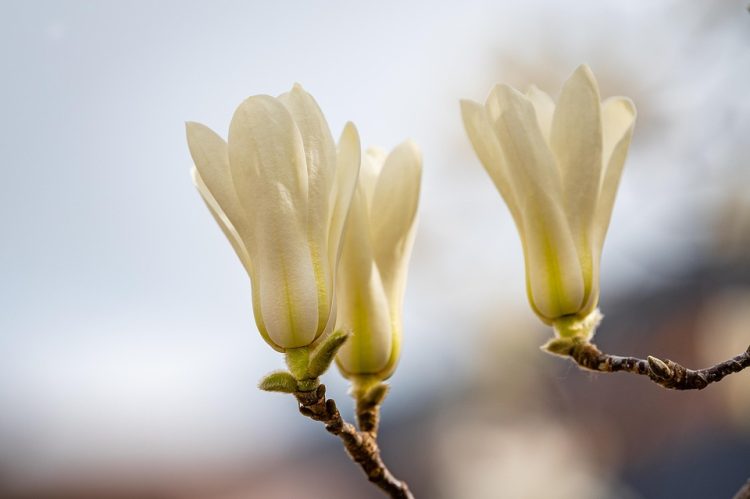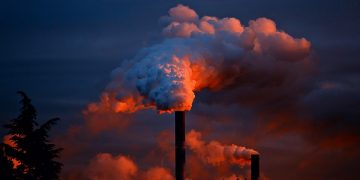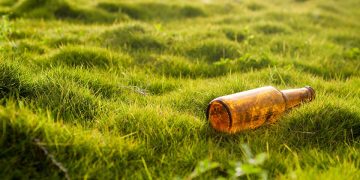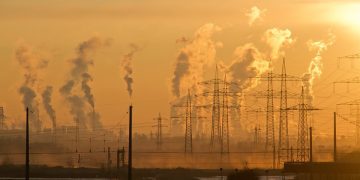The Plastic Predicament: Uncovering the Hidden Environmental Impact
Introduction
Plastic has become an integral part of our daily lives, but its environmental impact is often overlooked. In this article, we will delve into the hidden consequences of plastic use and explore ways to combat this growing issue.
The Rise of Plastic
Plastic was once hailed as a miracle material due to its versatility, durability, and affordability. However, its widespread use has led to a global crisis that threatens our environment and wildlife.
Environmental Impact
Plastic pollution is a major contributor to environmental degradation. It clogs our waterways, harms marine life, and leaches harmful chemicals into the soil. The production of plastic also contributes to greenhouse gas emissions and depletes finite resources.
Common Questions
How does plastic affect marine life?
Marine animals often mistake plastic for food, leading to ingestion and entanglement. This can result in suffocation, starvation, and death. Plastic pollution also disrupts marine ecosystems and poses a threat to biodiversity.
What are microplastics?
Microplastics are tiny plastic particles that are less than five millimeters in size. They are found in a wide range of products, including cosmetics, clothing, and packaging. These particles have been found in the ocean, soil, and even in the air we breathe.
Solutions
It is imperative that we take action to reduce our reliance on plastic and minimize its environmental impact. Some steps we can take include:
- Reducing single-use plastics
- Recycling and reusing plastic items
- Supporting legislation to ban plastic bags and straws
- Choosing eco-friendly alternatives
Conclusion
The plastic predicament is a complex issue that requires a multi-faceted approach. By raising awareness, advocating for change, and making conscious choices in our daily lives, we can work towards a more sustainable future for our planet.





